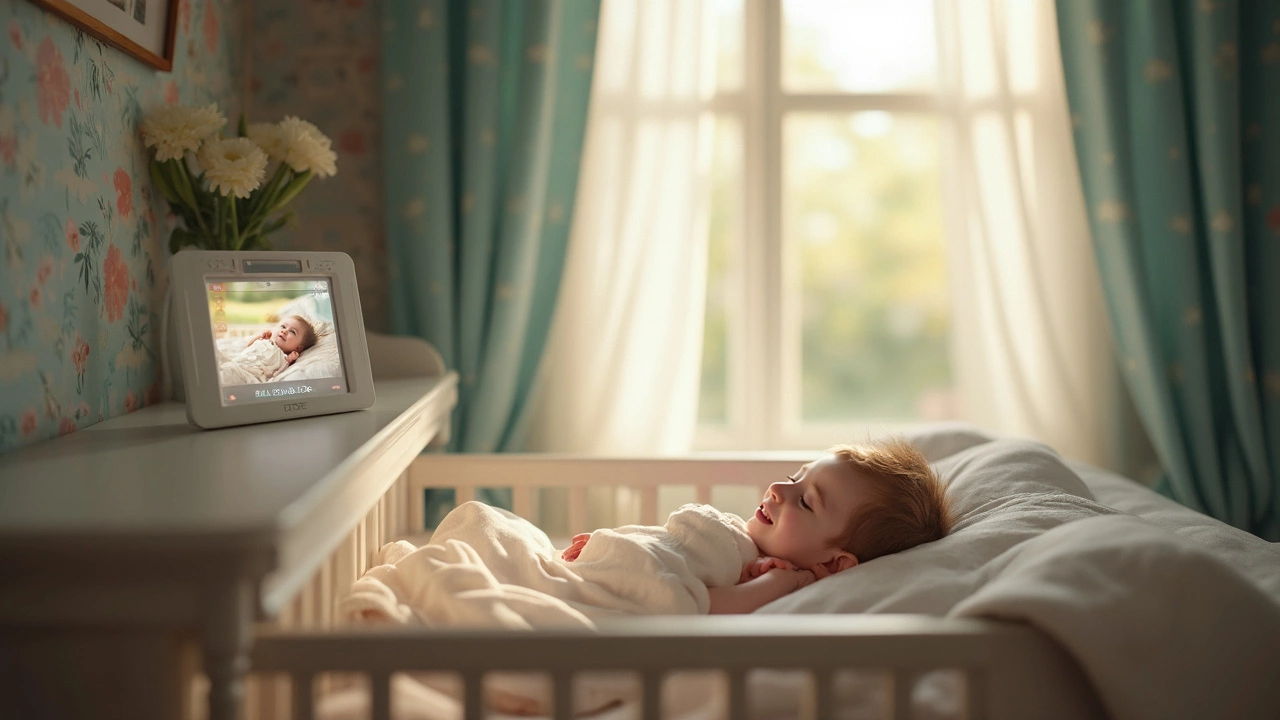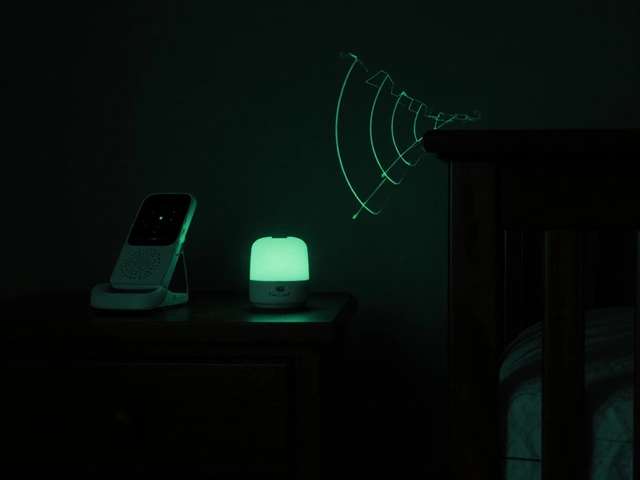Baby Monitor Lifespan: What to Expect and How to Make It Last
When you pick a baby monitor, you’re not just thinking about range or video quality—you also want to know how long it will work before you have to replace it. A monitor that dies after a year can hurt your budget and leave you scrambling for a new one. Let’s break down the factors that control a monitor’s lifespan and give you simple steps to keep it running smoothly.
What Determines a Baby Monitor’s Lifespan?
First off, the type of monitor matters. Audio‑only units usually run on AA or AAA batteries and can last anywhere from 6 months to 2 years depending on usage. Video monitors often have rechargeable lithium‑ion packs; those typically survive 2–3 years before the charge capacity drops noticeably.
Battery quality is the next big driver. Cheap off‑brand cells lose capacity faster, especially if you store the monitor in a hot room or let it sit discharged for weeks. Temperature is a silent killer—extreme heat or cold speeds up chemical wear inside the battery.
How often you use the monitor also adds up. Continuous video streaming drains power much quicker than occasional audio checks. Some models let you set a low‑power standby mode; enabling that can add months to the life of the battery.
Lastly, wear and tear on the hardware matters. Dropped units, water exposure, or constantly pulling the mother‑unit cord can damage internal connections, leading to intermittent signal loss or total failure.
Practical Ways to Extend Your Monitor’s Life
Start by keeping the monitor out of direct sunlight and away from radiators. A cool, dry shelf is ideal for storing the base when you’re not using it. If you have a rechargeable model, follow the manufacturer’s charging guidelines—most recommend topping up before it hits 20% and avoiding overnight charging.
Use the power‑saving features whenever possible. Turn off the video feed when you’re in the same room, drop the volume to the lowest acceptable level, and enable any “auto‑sleep” options. Even a few minutes of idle time each hour can shave weeks off the depletion curve.
Replace batteries with the same brand and voltage spec the maker suggests. Mixing old and new cells leads to imbalance and early shutdowns. If you notice a monitor’s range dropping, try swapping the battery first before assuming the antenna is broken.Regularly clean the speaker grille and camera lens with a dry microfiber cloth. Dust buildup can cause the monitor to overwork, trying to amplify a weak signal, which in turn drains the battery faster.
Finally, keep the firmware updated. Many manufacturers push fixes that improve power management and signal stability. Check the app or website for updates a few times a year.
By watching the environment, using power‑saving modes, and maintaining the hardware, you can stretch a typical baby monitor’s useful life to the upper end of its expected range—often 3 to 4 years for video units and up to 5 years for well‑cared‑for audio models. That means fewer surprise trips to the store and more peace of mind while you watch over your little one.


